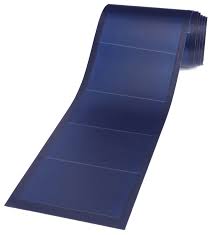I have a 2021 Airstream 27' travel trailer.
I would like to install "The classic 400 watt solar package" in/ on the trailer.
I'm planning on using the Rich solar 60 amp mppt charge controller as I want to have the ability to use a 200 watt solar suitcase as needed.
I have 2- 100 amp hour lithium batteries. From there go to a 3000 watt , 12v Renogy pure sine inverter.
From there I would like to go, hard wired, into a 50 amp automatic transfer switch (trailer uses 50 amp shore power) to feed my built in distribution center.
I know I will have to disconnect the existing on board Converter/Charger
Any advise on any of the above would be appreciated
But my question is about a A/C to D/C charger wired out of the transfer switch to charge batteries when connected to shore power.
Is this possible?
Any advise on this?
Simular to attached illustration
I would like to install "The classic 400 watt solar package" in/ on the trailer.
I'm planning on using the Rich solar 60 amp mppt charge controller as I want to have the ability to use a 200 watt solar suitcase as needed.
I have 2- 100 amp hour lithium batteries. From there go to a 3000 watt , 12v Renogy pure sine inverter.
From there I would like to go, hard wired, into a 50 amp automatic transfer switch (trailer uses 50 amp shore power) to feed my built in distribution center.
I know I will have to disconnect the existing on board Converter/Charger
Any advise on any of the above would be appreciated
But my question is about a A/C to D/C charger wired out of the transfer switch to charge batteries when connected to shore power.
Is this possible?
Any advise on this?
Simular to attached illustration







